The Seattle Aquarium is using Xbox controllers to pilot underwater rovers as part of its coastal climate resilience (CCR) research programme.
To understand how marine ecosystems are responding to issues like climate change, the Seattle Aquarium utilises submersible remotely operated vehicles (ROVs) to take high-resolution underwater photographs.
Scientists at the aquarium use Xbox controllers to pilot the ROVs, which are equipped with cameras, lights, sensors and sonar to capture imagery across larger areas than divers can.
The aquarium uses open-source AI methods of image analysis to efficiently extract large amounts of data from these underwater photographs.
With this, it can conduct data analysis to understand the patterns of population health and ecological resilience for kelp, invertebrates and fishes.
To encourage further collaboration, the Seattle Aquarium shares its data on GitHub, a platform where developers can create, store, manage and share their code.
Marine conservation
Xbox wrote in a LinkedIn post: "By using Xbox controllers to operate the ROV, the aquarium is not only making research more fun and accessible to future generations of marine conservationists, but also demonstrating the power of technology for environmental conservation and education.
"Through education and outreach events with a variety of local organizations, the aquarium hopes this program will inspire more people to appreciate and protect the kelp forests and the marine life they support."
Erin Meyer, Seattle Aquarium’s chief conservation officer, oversees all of the organisation's conservation programmes.
In terms of the biggest challenge facing the oceans, she told blooloop:
“The one common thread, I think, is humans becauseconservationis ultimately about people. In some ways, the biggest threat is complacency and disconnection from wild places. Many of us are disconnected from the wild places around us."
Other visitor attractions using technology for wildlife conservation include Ocean Park Hong Kong and UK-based Marwell Wildlife, which have both employed drones to protect and monitor species.
Images courtesy of the Seattle Aquarium
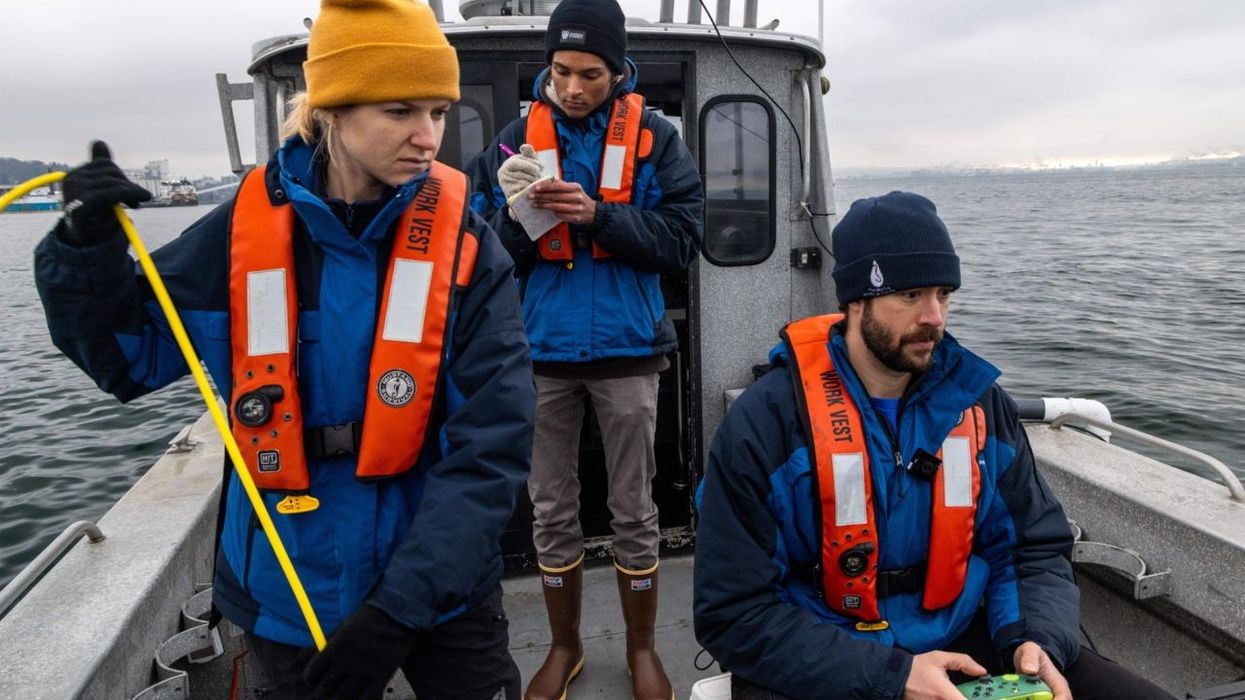

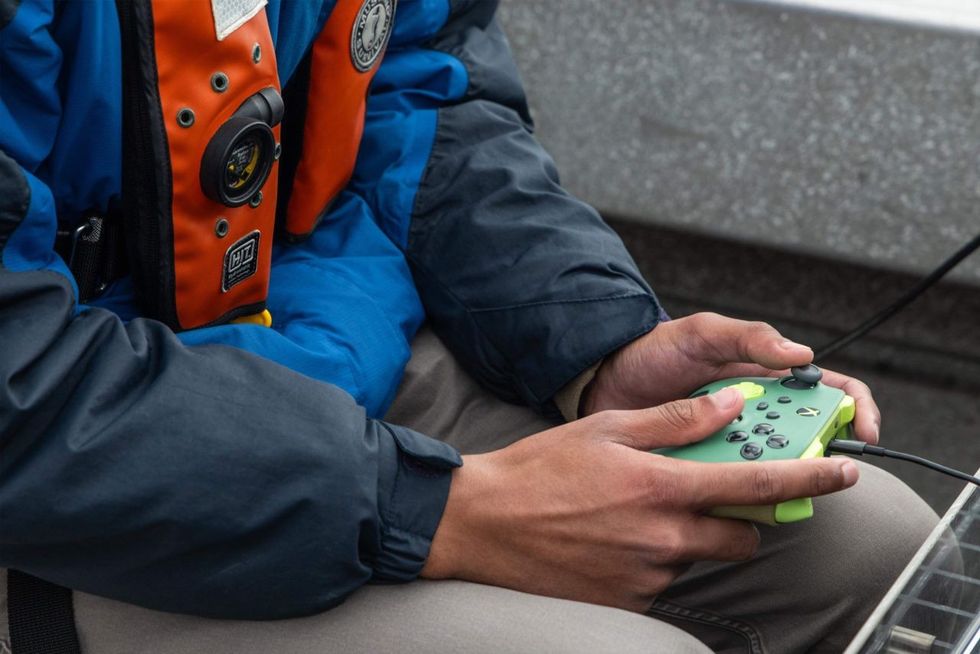


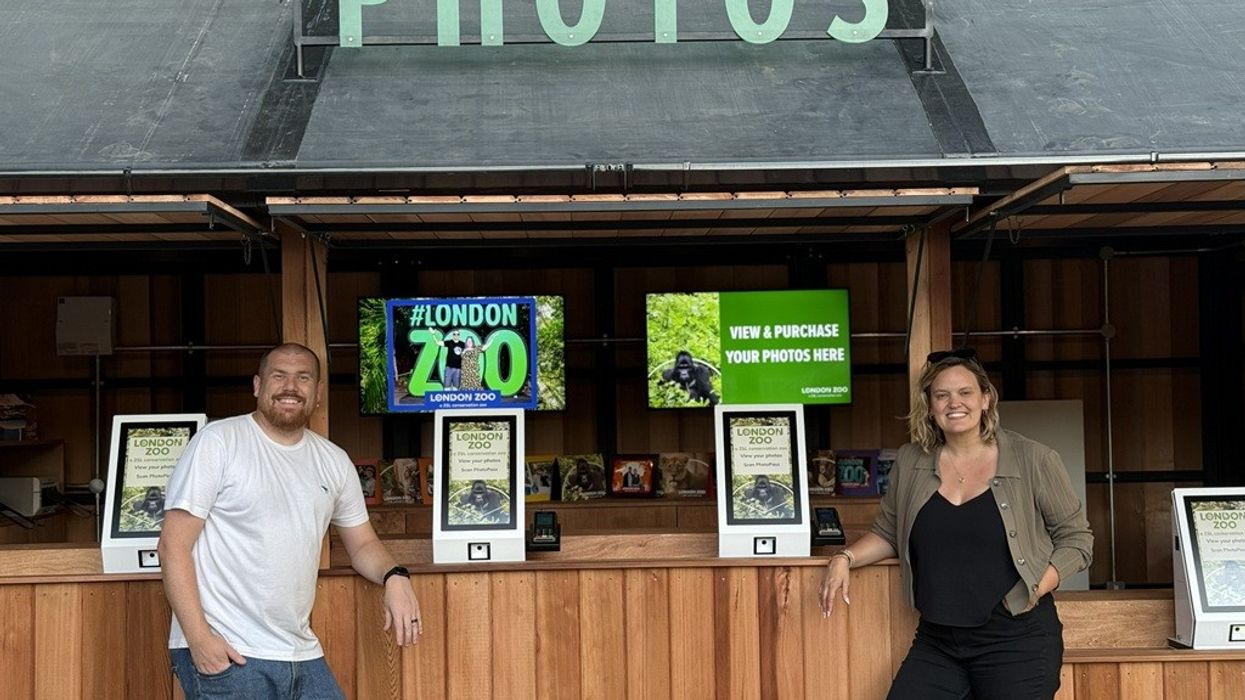
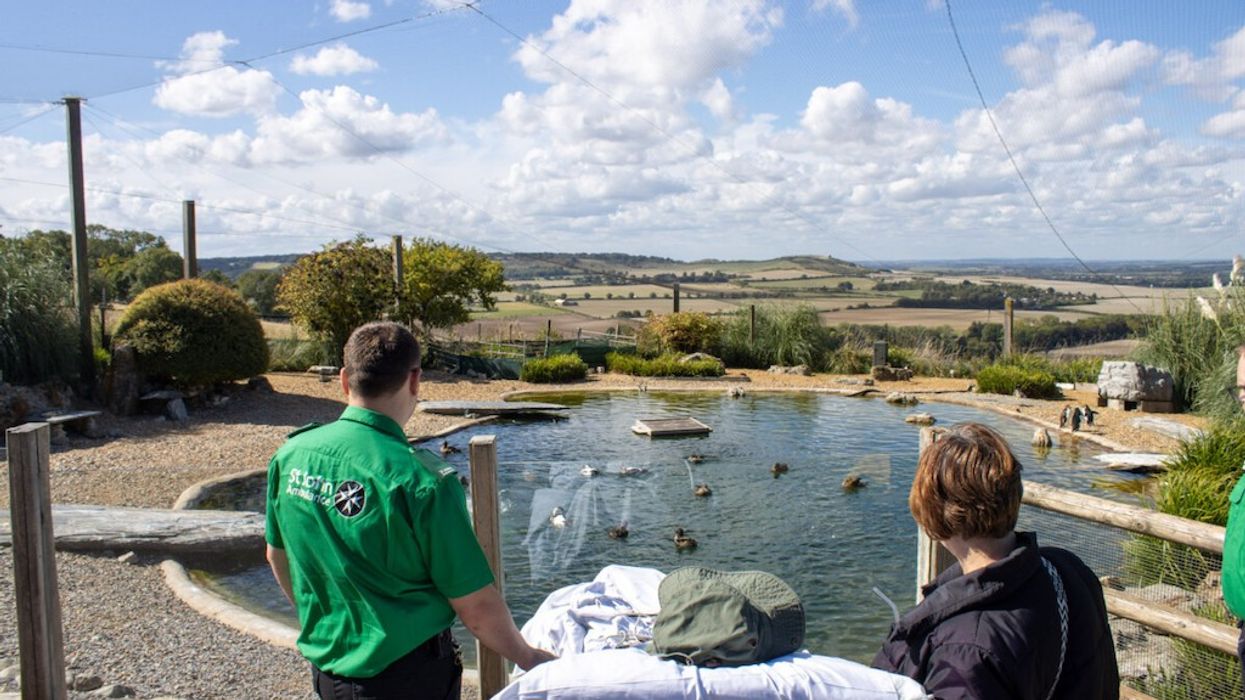

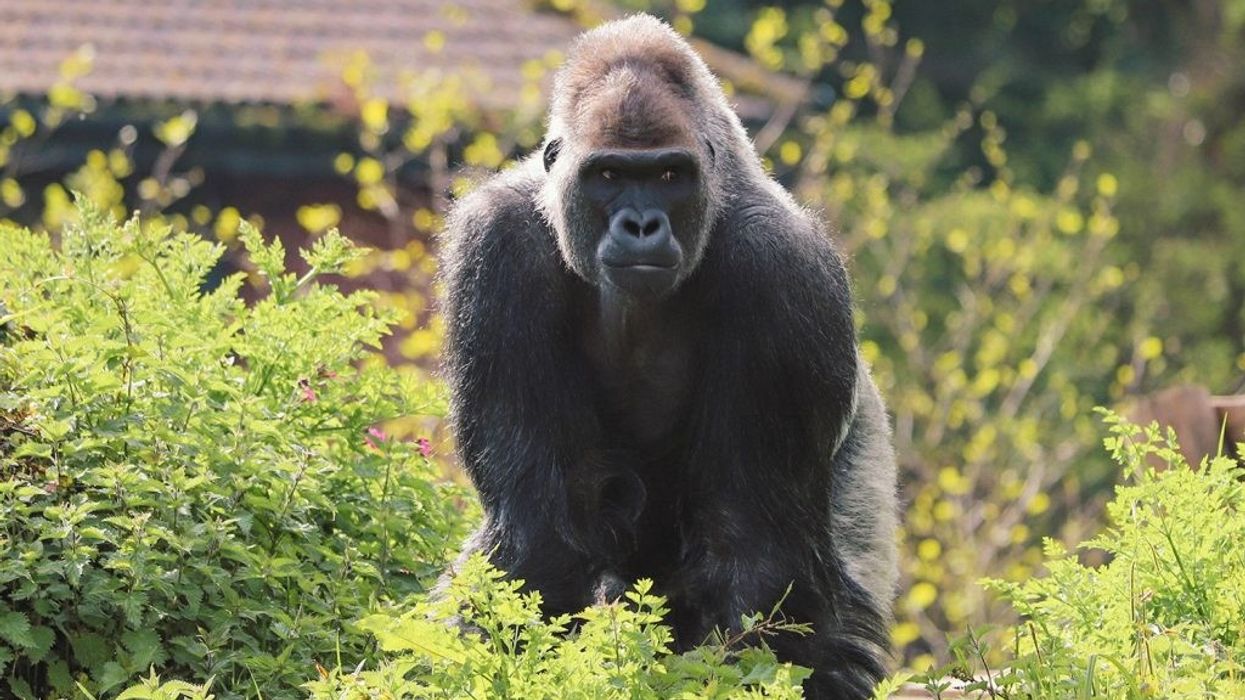
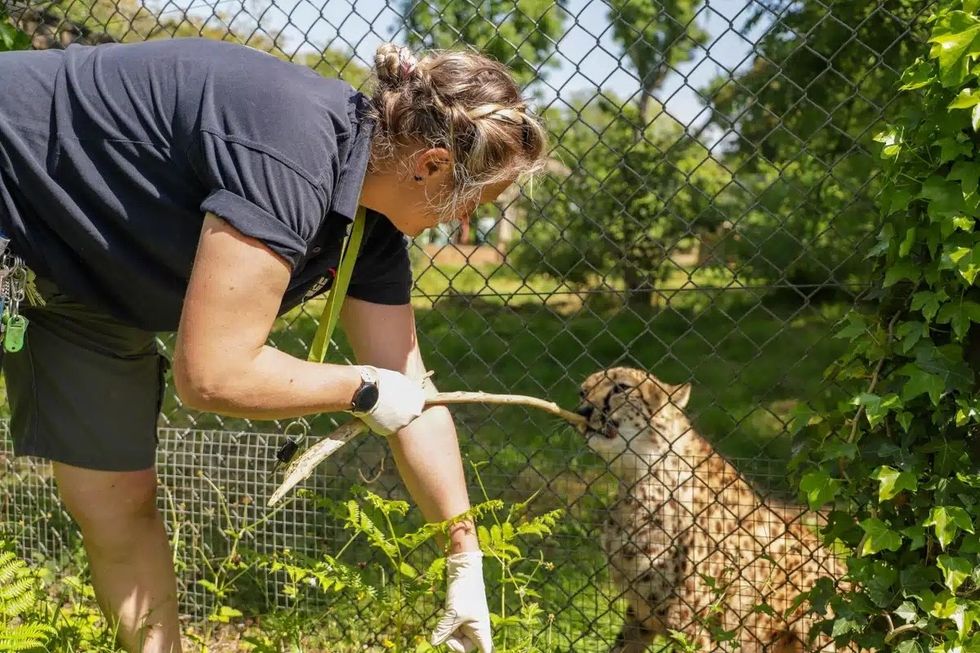



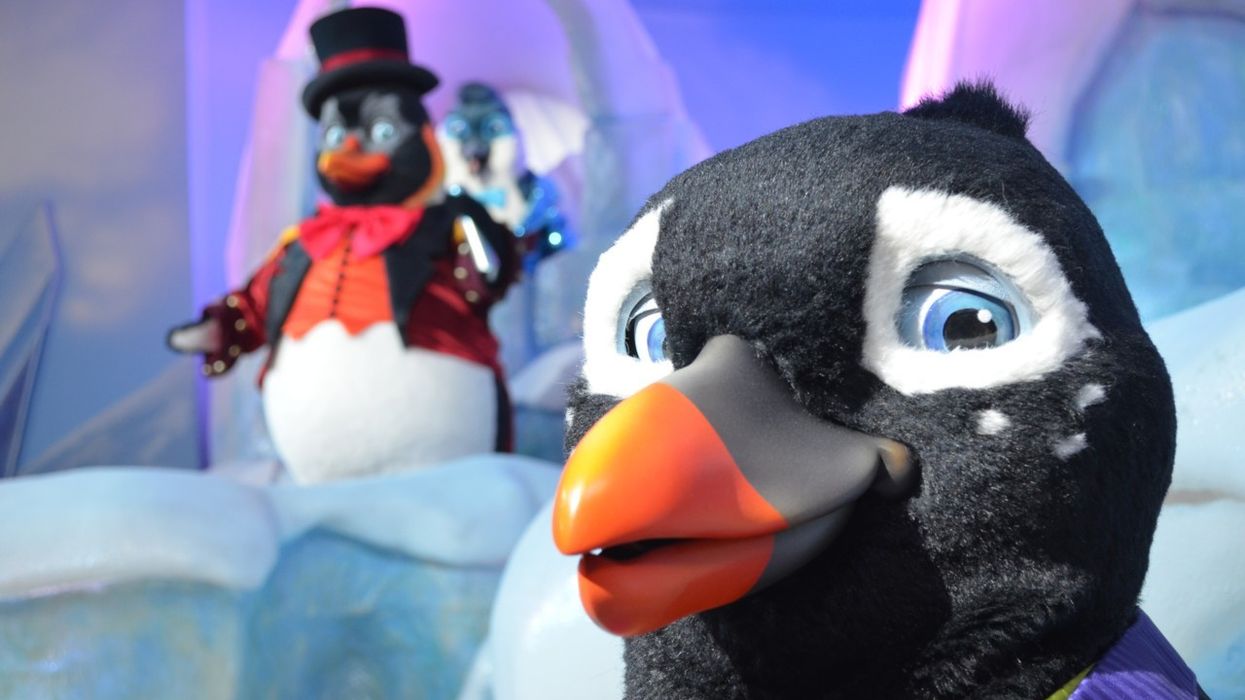


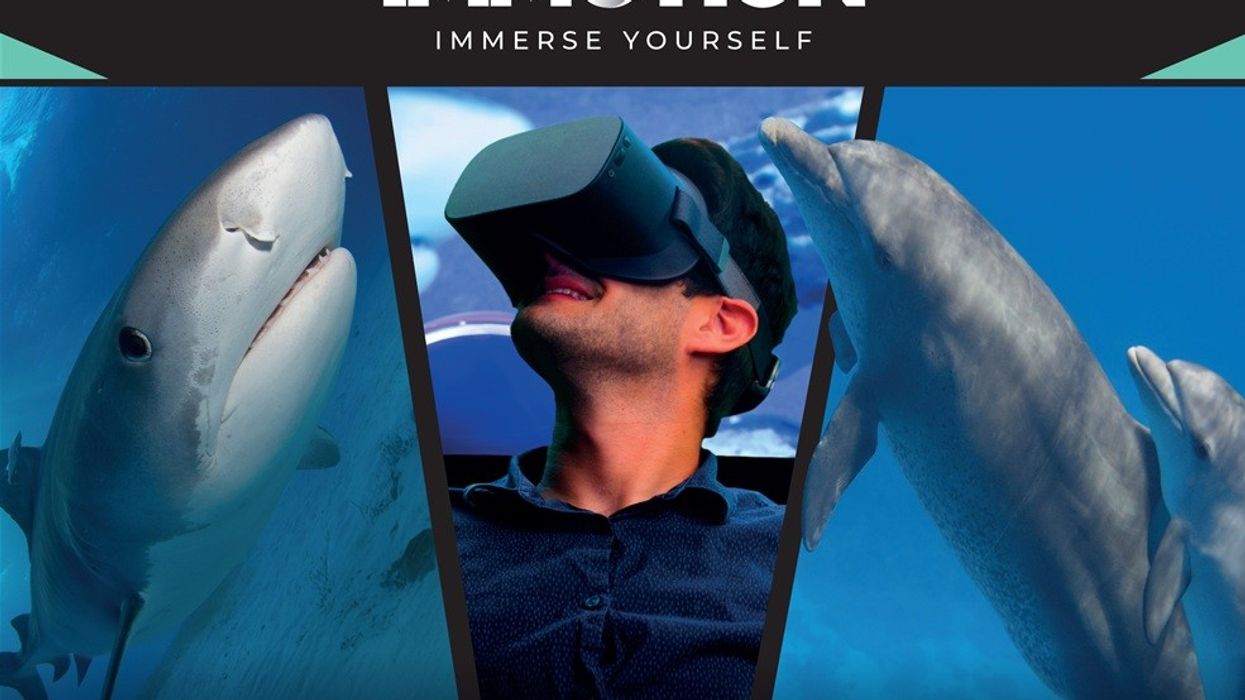


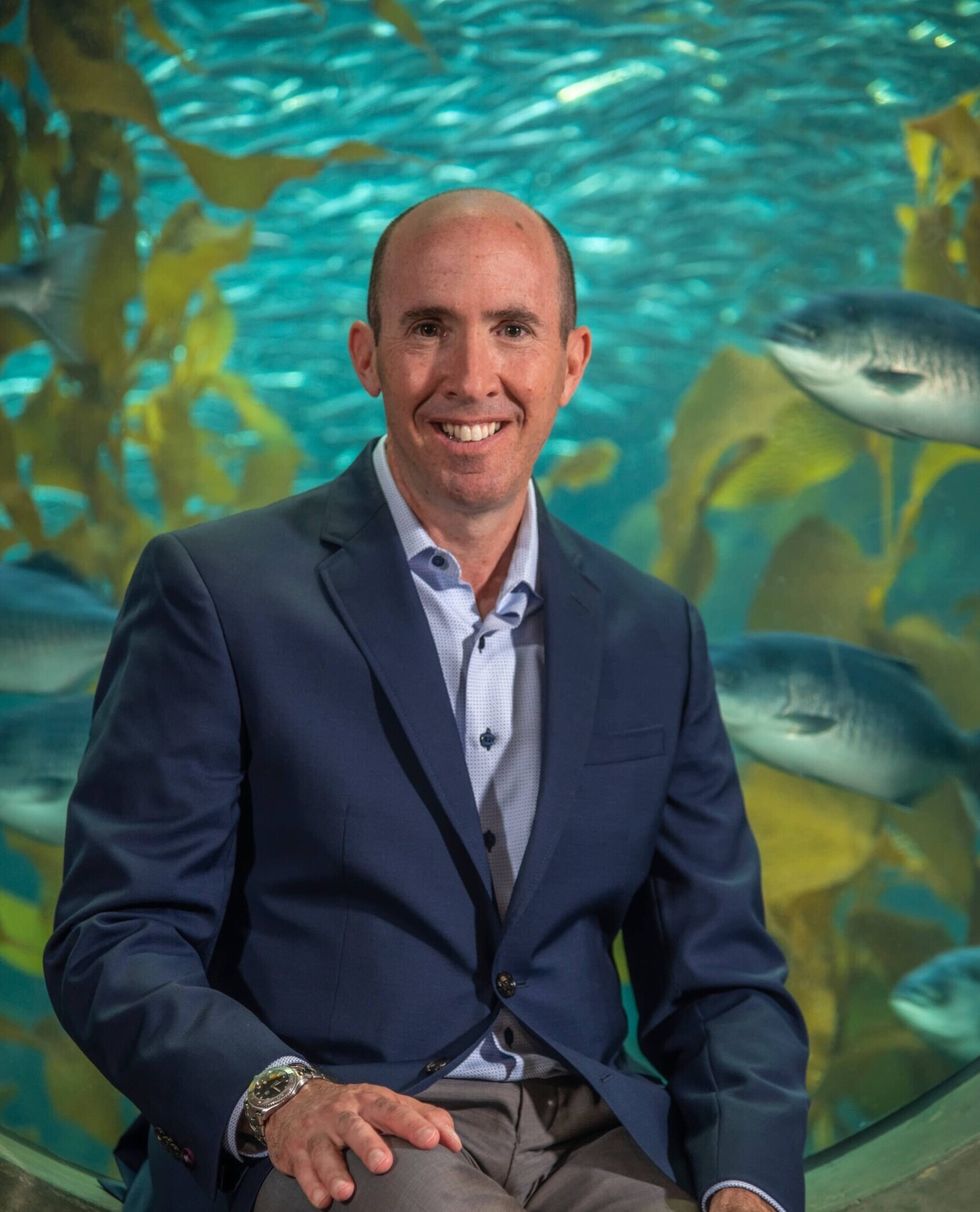 David Rosenberg, Vice President of Guest Experience
David Rosenberg, Vice President of Guest Experience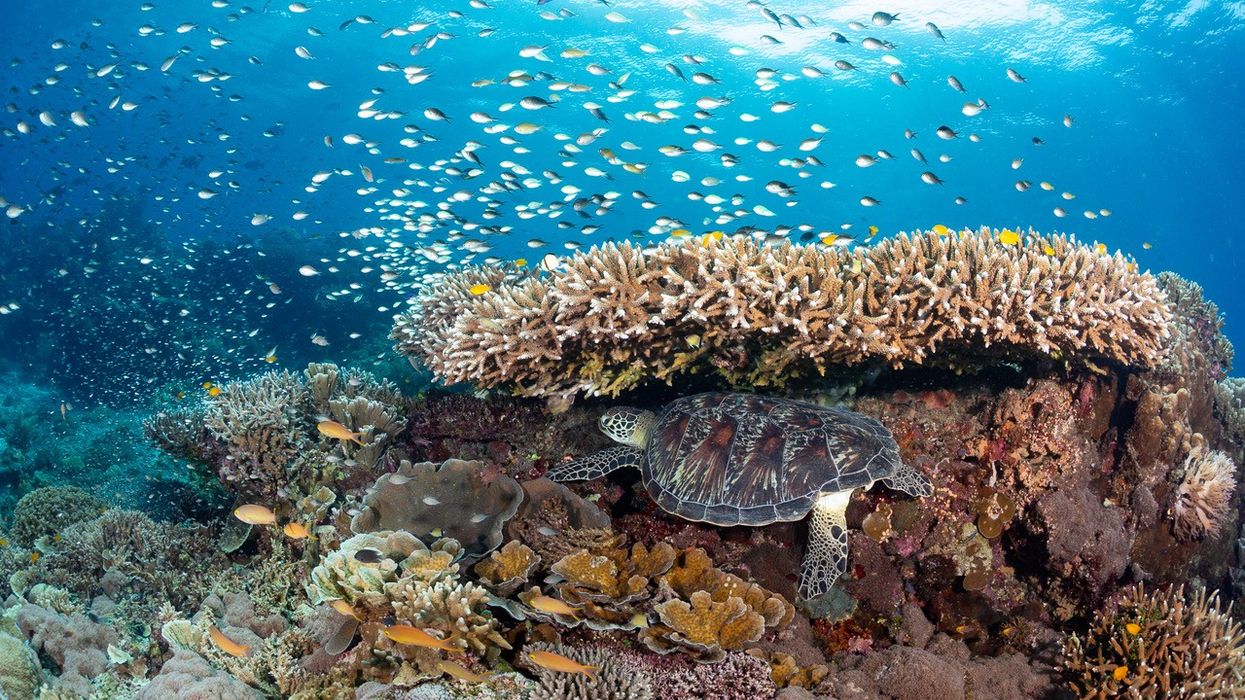
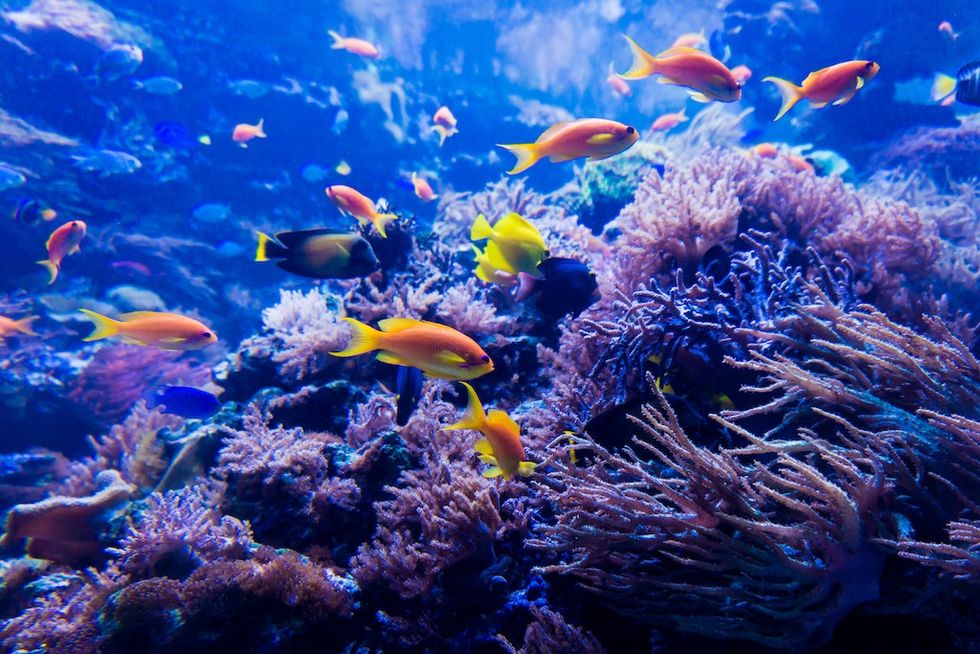
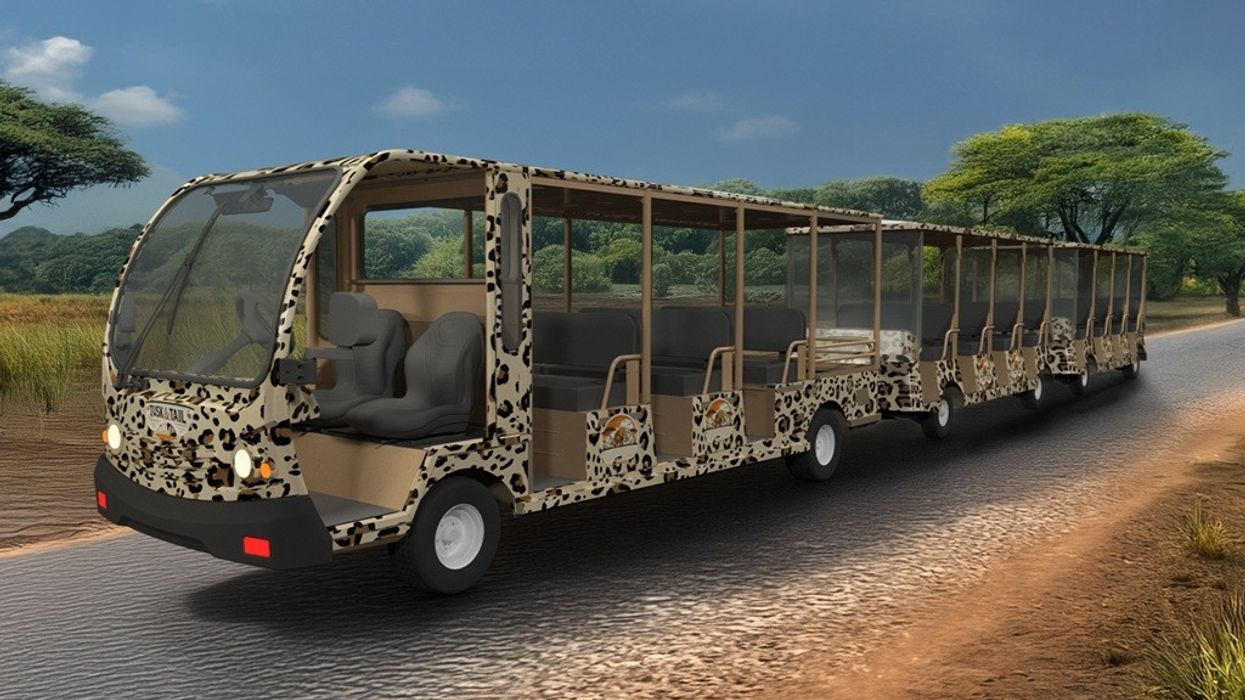
 The Solar Shuttle
The Solar Shuttle The 9000ST Series
The 9000ST Series